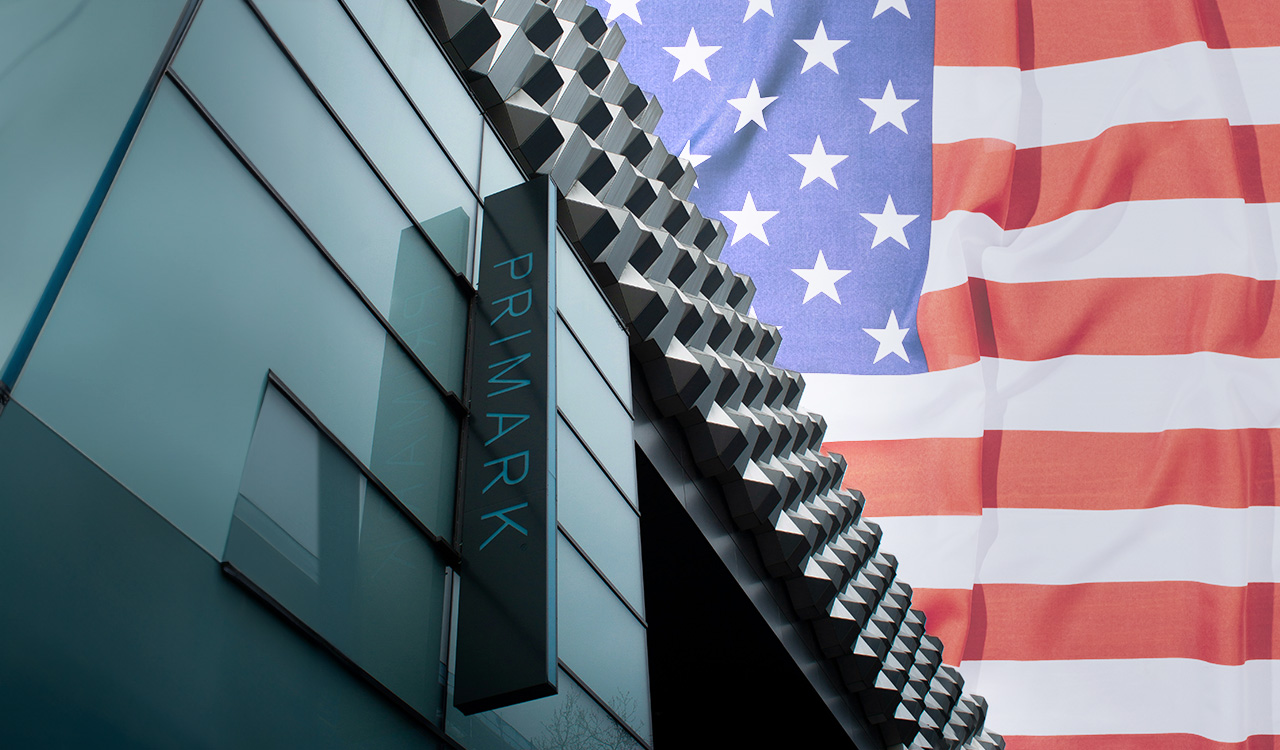Millennial shoppers have never taken social norms at face value. From demanding values-based retail marketing to refusing to invest in homes they can’t afford, millennials have been questioning the status quo since they came of age in the early aughts. Yet millennials’ bucking of traditions doesn’t end there. Millennials shifted the global retail marketplace by spending on experiences rather than things, debunking the idea that by foregoing their daily avocado toast they can buy a home, and, most recently, ignoring headlines about in-store traffic and opting to shop online. A whopping 73 percent of millennials plan to spend the same amount or more online this year.
So, why are Y2K-ers doubling down on online-only purchases? What’s behind this shift in purchasing behavior, how is social media contributing to it, and what comes next as forward-thinking millennials stare down the barrel of middle age? Let’s get into it.
Time is a big deal for millennial consumers. Security is too. Even when millennials are buying something special for themselves, like a luxury handbag or even a quality skin serum, they have one eye on the clock
Why the Heck are Millennials Buying Luxury Online?
One of the most fascinating factors about millennials’ online shopping boom is the categories they’re purchasing via ecommerce channels. One would expect household goods to come in first, perhaps followed by grocery delivery, then pet care… but that’s not even close to the case. More than 27 percent of millennials will increase their online spending in 2023. Health and beauty products come in first for millennial’s online spend, with luxury purchases coming in a close second.
How odd when beauty products and luxury purchases are two categories where customers really need to see and try before they buy! Millennial (63 percent) luxury purchases have outpaced luxury spend by every other generation. The International Gem Society estimates that most jewelry shops affected by the pandemic now depend on online shopping visits to stay afloat. Further, IGS reports that struggling jewelry brands are those lacking a strong ecommerce presence as well as a large social network. An online presence is critical to jewelry retailers’ bottom line.
Where Are Millennials Making Online Purchases?
So, why are millennials buying their luxury and beauty products online? To answer this question, we need to understand millennials’ daily lives, which include juggling conflicting demands like taking care of aging parents and their own young kids. Gen Y is frantically trying to save for big ticket purchases like homes while fighting for student debt forgiveness. The same financial freedoms that millennials’ predecessors took for granted –– the ability to buy a home, help finance kids’ college tuition, and save for retirement –– are things that millennials need to fight for, tooth and nail.
In addition to juggling familial and economic priorities, millennials are hyper-aware that artificial intelligence could make many of their jobs redundant. Way back in 2018, Forbes published a study suggesting that 37 percent of millennial jobs would be at risk when the AI sector grew. Flash forward to 2023: ChatGPT is a household name. Despite all of the positive press focused on how AI will soon make most jobs “more fulfilling,” nobody knows exactly how AI will affect the global landscape. If the pandemic taught us anything, it’s that nobody can fully predict the future.
So, yes, time is a big deal for millennial consumers. Security is too. Even when millennials are buying something special for themselves, like a luxury handbag or even a quality skin serum, they have one eye on the clock. It’s for this reason (not the inability to pry themselves away from social media) that many millennials plan to continue shopping online.
Two Generations’ Perceptions of CSR
A brand’s corporate social responsibility (CSR) can make or break its ability to appeal to millennial consumers. Gen X may still have more money to burn than their younger cohorts, but millennials make up the largest chunk of the global population. Millennial consumers are more likely to take sustainability action than Generation X –– whether it’s paying significantly more for sustainably made goods, seeking out ethical brands, or buying secondhand goods.
Millennial customers are attracted to social responsibility primarily through CSR. This means that the brands they patronize need to have a strong sustainability audit on their website. Brand websites should also include how they plan to reach their CSR benchmarks, with regular updates showing their progress. Since greenwashing –– companies making themselves seem more environmentally friendly than they are to boost sales –– has become so prominent in recent years, next gen consumers are looking for cold, hard facts. A few pictures of happy, young environmentalists frolicking in the ocean and in the field won’t cut it anymore. Brands need to communicate CSR through supply chain data, not an ad blitz of stock photos.
To the Online Thrift Shop and Beyond
Millennials’ sustainability concerns make secondhand goods an incredibly popular category for this demographic. When secondhand retailers offer an app with strong convenience and dependable shipping, they’re almost unbeatable for Generation Y. Just look at luxury: The secondhand luxury market growth has long outpaced regular luxury spend, and millennials are leading the charge. While 79 percent of all millennials that made purchases in the last year shopped on Amazon, the very next company on that list was eBay –– an online marketplace/app that specializes in secondhand goods. Next on the list? Groupon, which, while not a secondhand goods retailer, offers steep enough discounts to mirror one.
Although millennials grew up in malls during their teen years, they don’t want to visit them in adulthood. This can be attributed to the fact that millennials can find better deals at thrift stores and consignment shops, online marketplaces like eBay and Groupon, and in person at off-price stores like Ross and T.J. Maxx. Put simply, mall visits are still more trouble than they’re worth. But there’s still a place for retail and department stores, provided they prioritize the omnichannel shopping experience –– which is rooted in WiFi accessibility. Retailers need to steer clear of not offering internet access that prohibit millennials from researching potential purchases — and they need to offer free WiFi at all of their locations. By giving millennials who show up for in person shopping the ability to price check and read reviews that they get from online shopping, retailers can build trust with Generation Y.
It’s important to understand that millennials’ shopping behavior doesn’t come from a place of distaste for an in-person retail experience. But they’re pressed for both time and money. Retailers that understand this reality, and cater to it, will be well positioned to gain market share from this powerful demographic.




